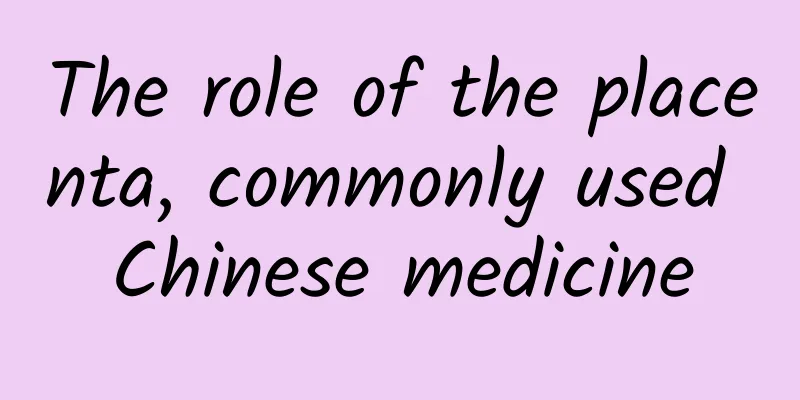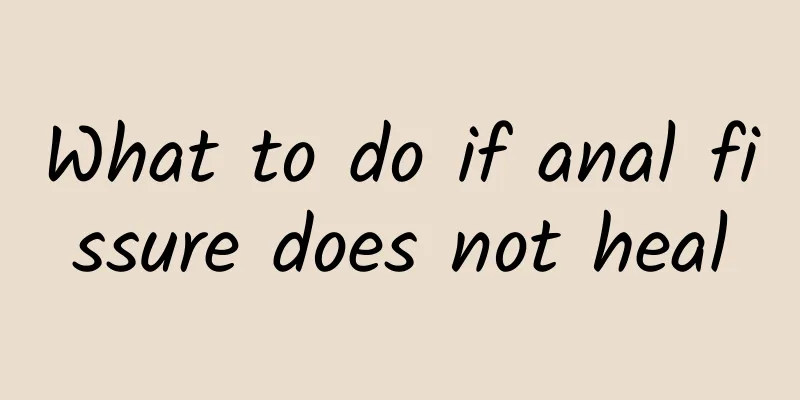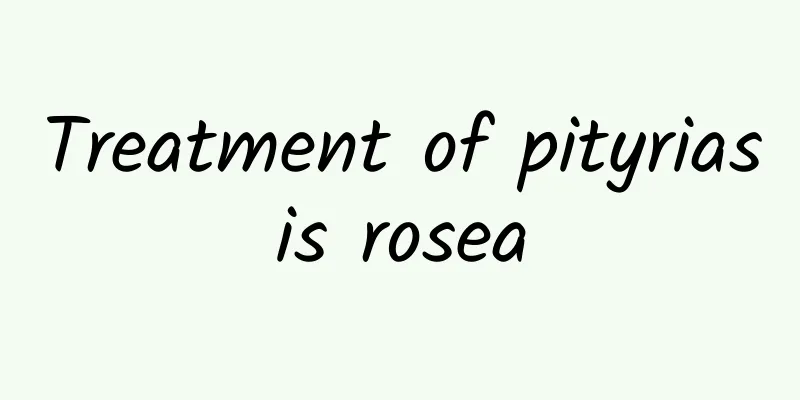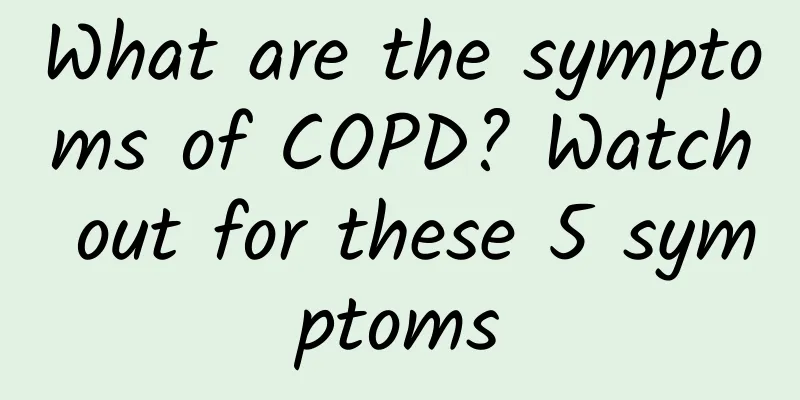The role of the placenta, commonly used Chinese medicine

|
Many women will keep their placenta after giving birth because the nutritional value of the placenta is very high. It was also a commonly used Chinese medicine in ancient times. It is very effective in nourishing qi and blood, replenishing the kidneys and strengthening yang, and can also make women younger. 1. The efficacy and function of the placenta Placenta is a commonly used traditional Chinese medicine, known as Ziheche in traditional Chinese medicine. It must be a dry placenta from a healthy mother. Because it is red when it is delivered from the mother and turns purple after being left for a while, it is called purple placenta. Traditional Chinese medicine believes that placenta is a good medicine for replenishing both qi and blood, and has the effects of replenishing kidney yang, kidney essence, and lung qi. As a blood tonic, it is mainly used for blood deficiency syndrome and the restlessness, sallow complexion and anemia caused by it. As a Qi-replenishing medicine, placenta mainly replenishes the Qi of the spleen and lungs, which can enhance the function of the spleen, increase appetite, and improve symptoms such as weight loss, fatigue, etc. Among the spleen and lungs, placenta focuses on replenishing lung qi. In addition to treating long-term cough and asthma, it mainly strengthens the Wei Qi by replenishing the lung qi, thereby enhancing the body's ability to resist external evil. Modern medical research has found that the placenta contains protein, sugar, calcium, vitamins, immune factors, female hormones, progesterone, steroid hormones, gonadotropin, adrenocorticotropic hormone, etc., which can promote the development of the breast, uterus, vagina, and testicles, and also have a promoting effect on the thyroid gland. It has significant therapeutic effects on the treatment of uterine hypoplasia, uterine atrophy, uterine myositis, functional decline, amenorrhea, uterine bleeding, and lactation deficiency; it is also effective for pulmonary tuberculosis, bronchial asthma, anemia, etc.; oral administration or enema of the powder can prevent measles or alleviate symptoms; it also has certain effects on ascites caused by portal vein cirrhosis and ascites caused by advanced schistosomiasis. 2. Eating and supplementing randomly is harmful and useless Even for healthy pregnant women, except for caesarean section, the placenta must be delivered through the birth canal, which will be contaminated by various bacteria. Eating such placentas fresh obviously has varying degrees of potential danger, and if they are not strictly sterilized, they can also spread some infectious diseases. Therefore, when eating fresh food, the heat processing time must be long enough to effectively kill pathogenic microorganisms. In addition, not all placentas of pregnant women can be used for medicinal or edible purposes. The placenta of sick women, moldy placenta, and unclean placenta are not edible. For example, pregnant women with blood-borne diseases (such as hepatitis B, hepatitis C, AIDS) will have corresponding pathogens in their placentas. If people with ulcers or other wounds in the digestive system eat this kind of placenta, blindly eating the placenta may cause illness and may lead to foodborne and bloodborne infectious diseases. 3. How to eat the placenta It is better to choose a placenta from a healthy mother who has delivered the baby naturally. When processing it yourself, first cut open the large blood vessels on the surface, soak it in cold water, wash it, remove the blood, and preferably dry it over a slow fire until it becomes a slightly yellow chrysanthemum shape. Grind it into powder, or you can put it into capsules, take it orally 2 to 3 times a day, 2 to 3 grams each time; you can also take it with other Chinese medicines. It is best to ask a Chinese medicine practitioner for guidance according to your condition, because the more Chinese medicines you use, the more complicated the pharmacological effects. |
<<: What is anemia? Early treatment when symptoms are detected
>>: What to eat for iron deficiency anemia? Eat these to replenish blood
Recommend
Escherichia coli infection
When it comes to E. coli infection, I believe eve...
Why does this place shed hair frequently in late autumn?
In autumn, the grass and trees fall and die. Peop...
Why do I get itchy bumps on my palms?
If you exclude mosquito bites, the pimples on the...
The fastest way to get rid of dampness and cold
A person cannot predict what kind of medical prob...
Symptoms of skin melanoma
Long-term exposure to the sun may cause melanin t...
The efficacy of Adenophora australis
Adenophora australis is a traditional Chinese med...
Is a lung abscess serious?
Lung cysts are mainly caused by bacterial infecti...
Precautions for cholecystitis in the elderly
Cholecystitis in the elderly is a common disease ...
How to regulate the constitution of upper heat and lower cold, Chinese medicine conditioning method
In the field of traditional Chinese medicine, the...
What is Down syndrome? Causes of Down's Syndrome
Down syndrome is a disease caused by a chromosoma...
What are the methods of TCM to treat insomnia?
Insomnia is sometimes a symptom but can also be a...
What medicine is effective for internal hemorrhoids?
Many people often have the habit of constipation,...
Herpes virus symptoms and treatment
The herpes virus is a relatively common virus. Wh...
A hair on the chest
It is normal for men to grow hair on their chest,...
Why do I have bruises on my calves for no apparent reason?
If unexplained bruises appear on your calves, you...









